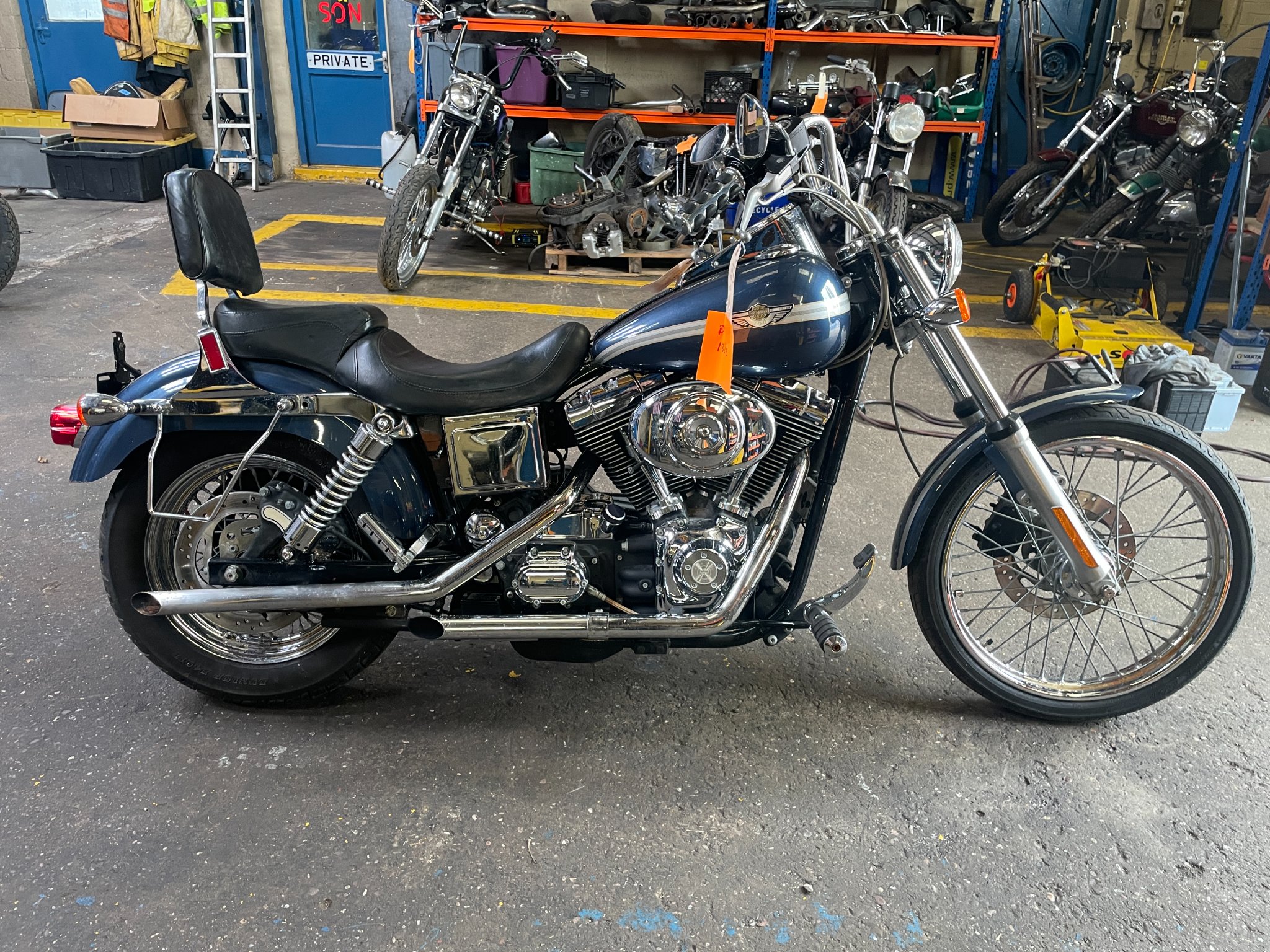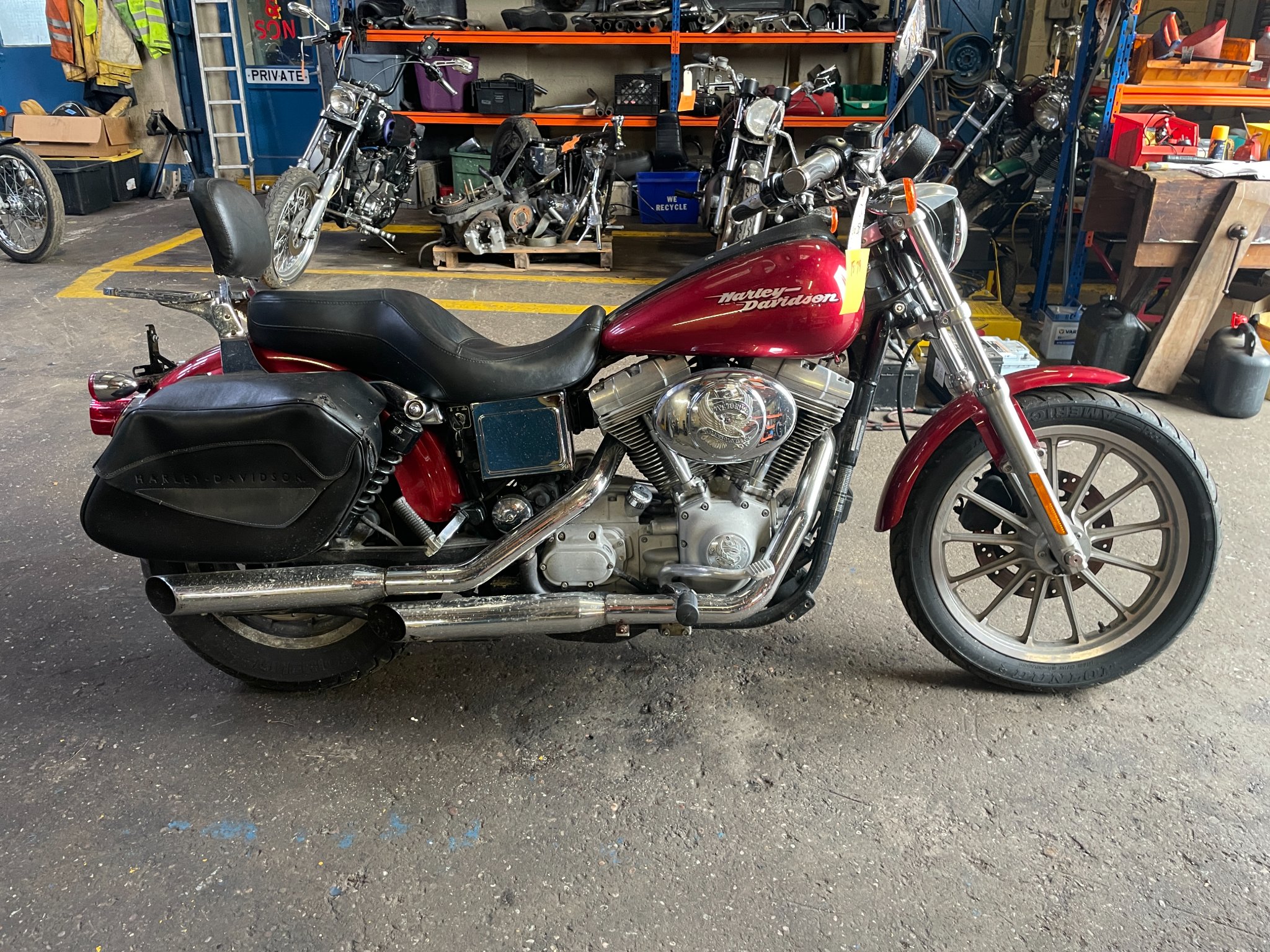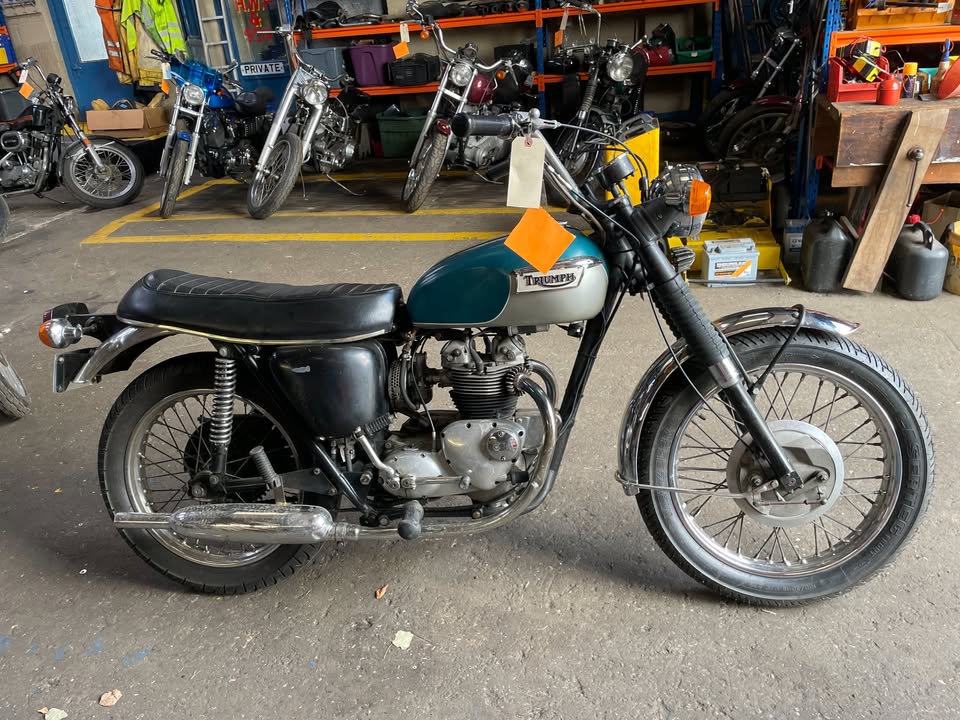Classic and Classy Motorcycles Ltd
Vintage and Classic Motorcycle Importers
1990 Harley Davidson Sportster 883cc Delux XL883DXL Project Ref 1503

1990 Harley-Davidson Sportster 883 Deluxe XL883DXL: Classic Simplicity with Factory Flair
Historical Context
The 1990 Harley-Davidson XL883 Deluxe marked a time when Harley was reasserting its control over quality and production after a decade of major changes. By this point, the Sportster line had evolved from its Ironhead roots into the more robust and smoother Evolution-engine era. The 883 Deluxe (often stylized as XL883DXL) offered riders a slightly more refined version of the base model 883 Sportster. With chrome accents, a two-up seat, and additional styling flourishes, it was intended to attract new riders and experienced motorcyclists looking for a nimble, accessible V-twin without sacrificing Harley’s traditional design language.
Technical Specifications and Performance
• Year: 1990
• Make: Harley-Davidson
• Model: XL883 Deluxe (XL883DXL)
• Engine Displacement: 883cc
• Engine Type: Air-cooled Evolution V-twin
• Compression Ratio: 8.8:1
• Carburetion: Keihin butterfly-type carburetor
• Ignition System: Electronic
• Transmission Type: 4-speed manual (5-speed optional/late intro)
• Cooling System: Air-cooled
• Fuel Capacity: 3.3 gallons
• Braking System: Single disc front and rear
• Wheelbase: Approx. 60 inches
• Dry Weight: Around 485 lbs
• Top Speed: Approximately 95 mph
Technical Advancements
The introduction of the Evolution engine in the mid-1980s significantly improved reliability, and the 1990 XL883DXL benefitted from these advancements. The Evo motor featured aluminum heads and cylinders for better cooling and lighter weight compared to its Ironhead predecessor. Electronic ignition made cold starts more consistent, and overall maintenance was reduced. The 883 Deluxe came with slightly enhanced trim compared to the standard model, including additional chrome and a more comfortable two-up seat.
Evolution of the Model
The 1990 XL883 Deluxe was part of Harley's effort to diversify the Sportster range without significantly increasing cost. While still minimalistic compared to the larger Big Twin models, the Deluxe offered a more complete package for those wanting a factory-finished bike rather than a blank canvas. Over time, Harley would introduce more refined versions, but the Deluxe helped pave the way by appealing to a broader audience of casual and returning riders.
Competitors in the Market
At the start of the 1990s, the Sportster 883 competed with entry-level cruisers such as the Yamaha Virago 750 and the Honda Shadow 600. While these bikes offered similar displacement and price points, the Harley held a distinct advantage in brand appeal and customization potential. Few rivals could match the Evo 883’s thumpy torque delivery or the sheer availability of aftermarket parts for personalization.
Legacy and Appeal
The 1990 XL883 Deluxe has since gained recognition as a solid example of Harley’s early Evolution-era Sportsters. It remains popular with riders who appreciate mechanical simplicity, light weight, and the unmistakable V-twin experience. For those restoring or riding this model today, it offers a raw, analog feel that is increasingly rare in modern motorcycling. Its place in the lineage of Harley's accessible, working-class cruisers is well earned.
Find Classic Motorcycles
Stay in the loop - Subscribe for Updates
One email notification a month when a new shipment arrives.
 2003-Harley-Davidson-Anniversary-Dyna-Wide-Glide-FXDWG-1450cc-Ref-D1322
2003-Harley-Davidson-Anniversary-Dyna-Wide-Glide-FXDWG-1450cc-Ref-D1322 2005-Harley-Davidson-Dyna-Super-Glide-FXDI-1540cc-88CI-Ref-1579
2005-Harley-Davidson-Dyna-Super-Glide-FXDI-1540cc-88CI-Ref-1579 1971-Triumph-500cc-T100c-Tiger-Ref-1561
1971-Triumph-500cc-T100c-Tiger-Ref-1561